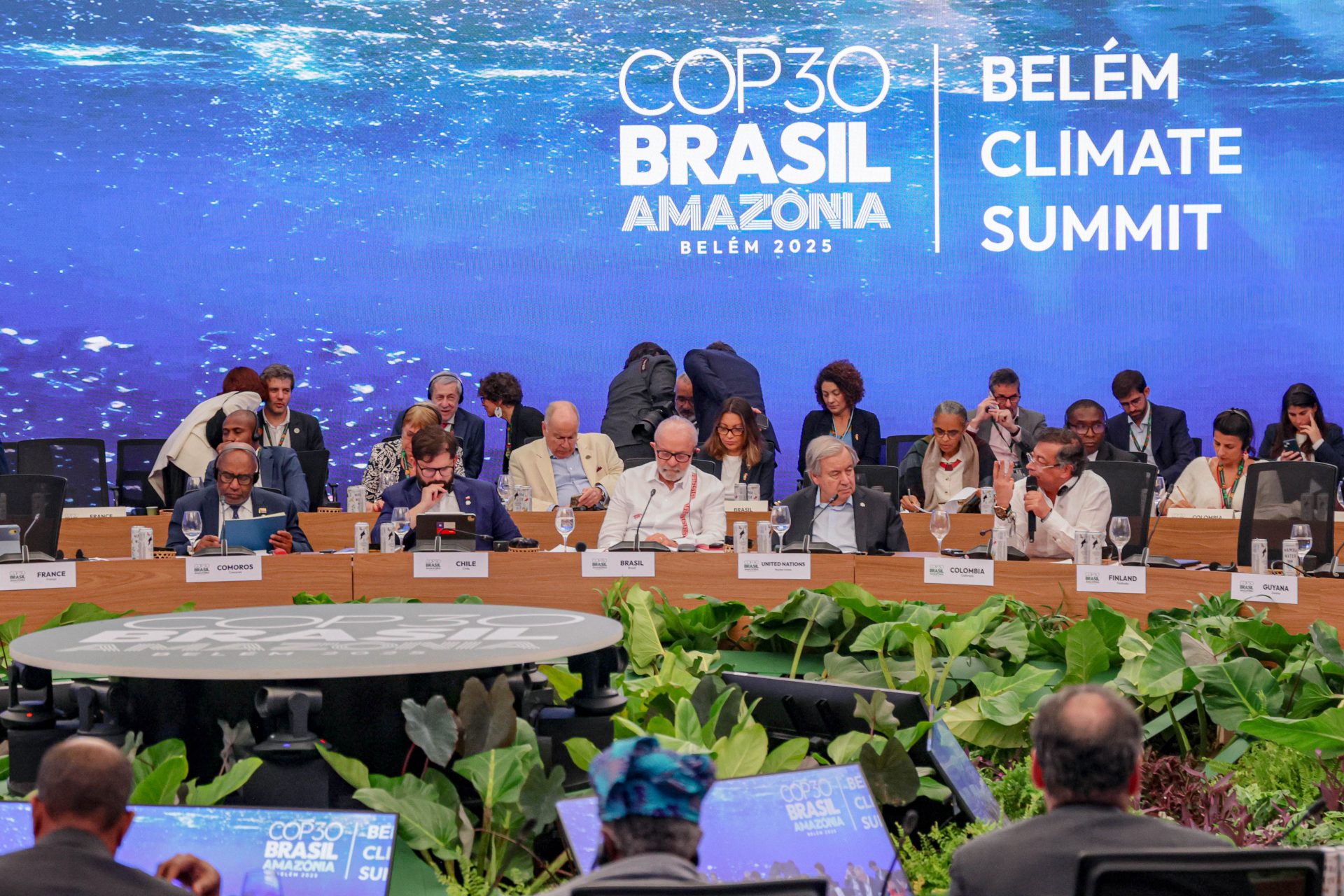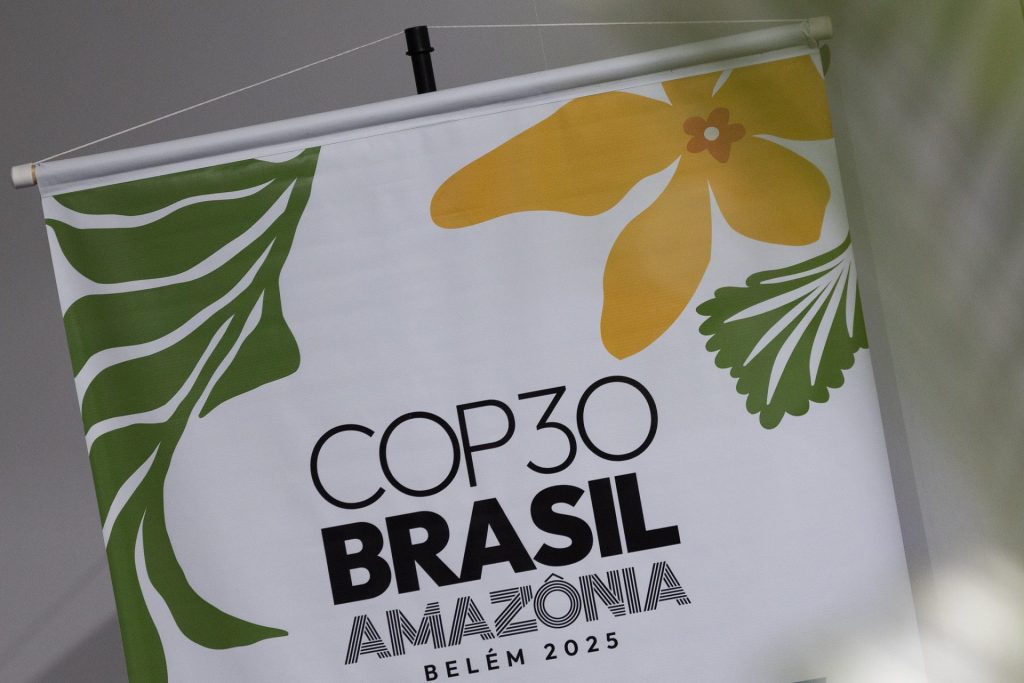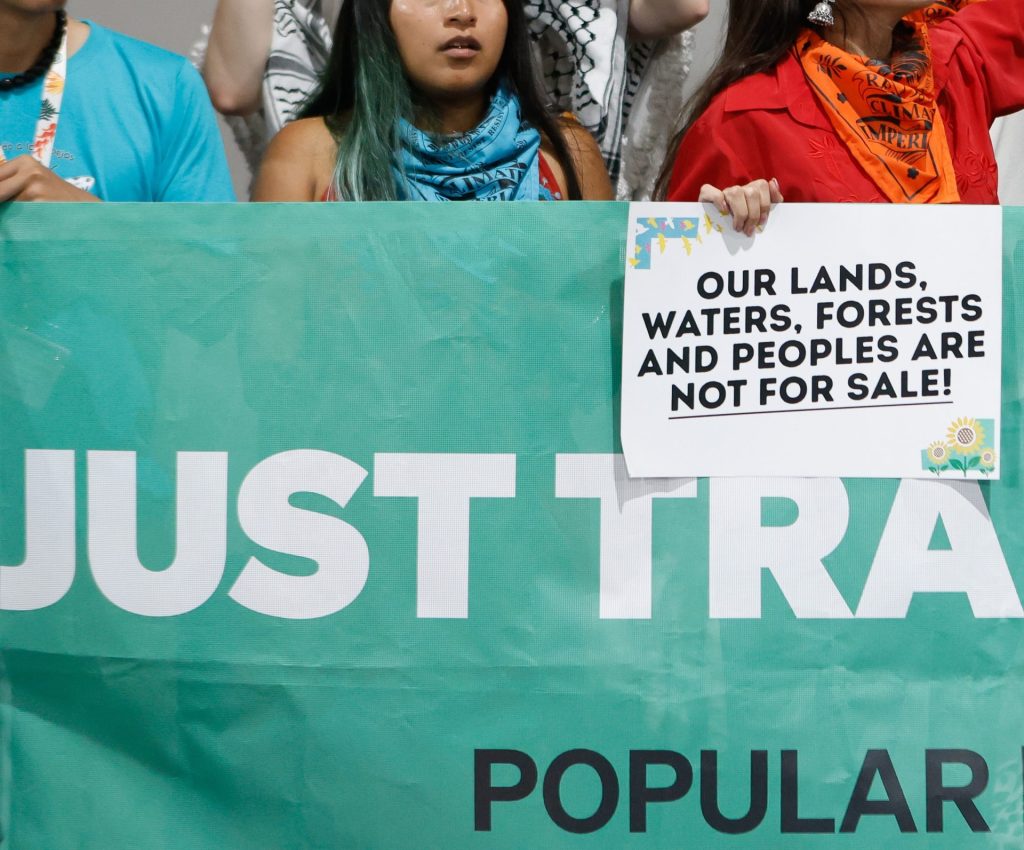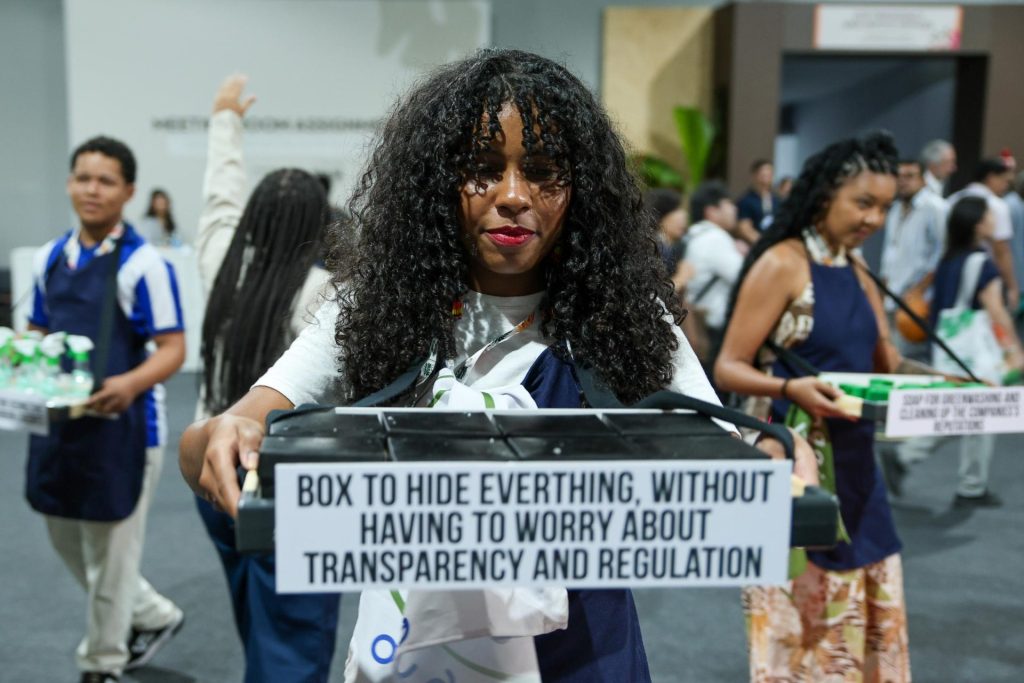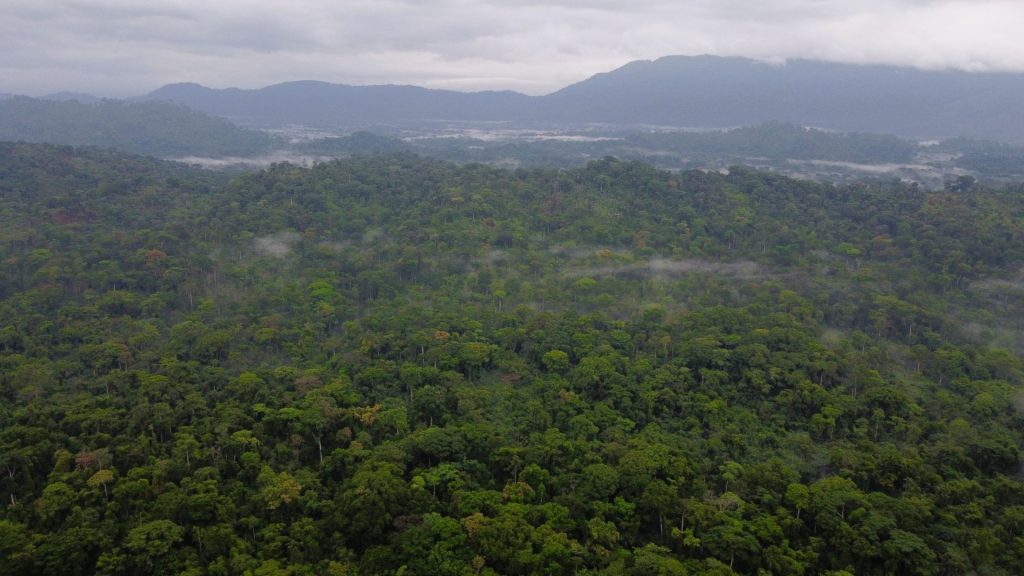Grand ambitions and financial pledges of COP30
The curtains came down on the Brazilian city of Belém on Saturday once leaders had locked in a deal to address the climate crisis, amid a sanguine atmosphere from observers. Most notable was the contest over whether to agree to a roadmap for countries to transition away from fossil fuels, with some calling for a voluntary country specific pathway for cutting back dependency. For Africa, the final watered-down text (despite several pledges on adaptation and finance) has implications for its ecosystems and climate action.
Building on the progress made at recent COPs and the outcomes of the first Global Stock-Take, the COP30 Presidency sought to bypass the political inertia and funnel implementation through the launch of a Five Year Vision for the Global Climate Action Agenda. It seeks to chart a coordinated pathway for all societal stakeholders and across a wide array of thematic areas, to accelerate the delivery of the Paris Agreement. It is expected that the second Stock-Take in 2028 will provide concrete results on these themes.
The action agenda reports that significant finance has already been committed by partners, including; an investment target from utilities and financial institutions of US$1trillion to triple renewable energy capacity by 2030, which includes US$148 billion annually for grids infrastructure and storage; US$1.5−2billion for forests, oceans and biodiversity from governments, of which 20% will be allocated to local communities and; US$300million committed by philanthropies to the Belém Health Action Plan. COP30 also saw the launch of the Fostering Investable National Planning and Implementation (FINI) for Adaptation and Resilience initiative which aims to develop adaptation investment project pipelines worth US$1trillion by 2028.
However, climate action has never been short of bold ideas and frameworks. The questions have always been one of finance and whether the strategies will be accompanied by the needed financial commitments, quick, reliable and cheaper instruments and the Global North, taking adequate responsibility. Recall that the Baku to Belém Roadmap to scale up climate finance leveraging both public and private sources targets US$1.3trillion per year by 2035, with additional responsibilities for developed countries to meet the US$300billion finance New Collective Quantified Goal (NCQG) in accordance with their Paris Agreement obligations. It is important to note that the NCQG includes both public and private resources, and does not mandate developed countries to provide all of it. Instead, they must lead the efforts in mobilising the US$300billion.
The Mutirão Cover Decision from Belém affirmed the mobilisation of US$1.3trillion, and soon-to-expire commitment to double adaptation finance (US$32.4 billion in 2022) by end of this year, and to at least triple the amount by 2035. It also confirmed the operationalisation and replenishment cycles of the Loss and Damage Fund. However, the decision omits language on the primary responsibility for the tripling of adaptation finance, after a previous draft text had floated the idea of either multilateral development banks, developed countries and international financial institutions being primarily responsible. It also removed references to 2025 as the baseline year against which finance should be tripled, although many presume that this is implied. If you are an African, what does this mean to you?
Accountability gaps and Africa’s stark reality
Projections by the United Nations Environment Programme (UNEP) indicate that Africa currently has an annual adaptation finance need of US$51 billion, while receiving just about US$12.9 billion in 2023. Others suggest the continent will likely be shortchanged by about US$2.5 trillion in adaptation finance by 2030, at current rates of financing. Richard Munang, Deputy Regional Director for Africa at UNEP, indicates that the US$51billion is less than half what Africa is actually owed in adaptation finance. Most adaptation finance comes from other governments, with a reported 95% of all adaptation finance being contributed by public sources in Africa in 2023. Turning this ship around to get more private sources of adaptation finance on board was one of the focus areas of some COP delegates, but the same UNEP Adaptation Gap Report highlights that the private sector is likely to continue to play a relatively small role.
A hollow victory – processes over substance fails Africa
The Africa Day at COP30 event further emphasised Africa’s receipt of less than 10% of adaptation finance, and less than 3%of total climate finance as unacceptable with existential consequences. In a corollary, Cosmas Milton Ochieng, Director of the Climate Change, Food Security and Natural Resources Division of the Economic Commission of Africa (ECA), further underscored the need to re-shape the global financial architecture, and for more predictable, transparent and equitable climate finance that promotes transformative climate action in Africa.
The decision on the GGA firmly adopts the Belém Adaptation indicators, while explicitly indicating that they do not create new financial obligations or reporting burdens. It also establishes a two year ‘Belém-Addis’ vision for policy alignment, and outlines the initial phase of the Baku Adaptation Roadmap for 2026-2028 to enhance implementation and country specific circumstances – a call that was made by developed countries in the last few hours of negotiations.
The financial outcomes of COP30 generally do not represent a meaningful step forward if you are an African. Instead, it establishes more discussions and work programmes that recall previous commitments without creating new accountability measures. This has the effect of keeping existing systems in operation, despite their continued failure to deliver adequate climate finance. The core expectation for developed countries to fulfill their obligations remains largely unfulfilled. The result is not concrete action, but a two-year programme that lacks a prioritised focus on the provision of adequate financial resources. The promise to triple adaptation finance is vague and lacks meaningful transparency or a burden sharing agreement. The call for developed countries to deliver public grant-based and non-debt instruments to enable multilateral funds, adequately support developing countries, most of which are in Africa, will remain a never-ending action.
Ultimately, for Africa, the billions promised at COP30 ring hollow against the reality of a profound deficit in finance, and systemic failure of negotiations that prioritise their interest. While the frameworks and pledges are significant on paper, they are undermined by a lack of bindingness and accountability for developed countries, and finance that is vague, voluntary and not suited for the continent’s needs. With an annual adaptation finance shortfall of tens of billions of dollars, and a projected deficit of US$2.5trillion by 2030, the continued reliance on complex conditional funding mechanisms and the omission of clear responsibility to provide public, grant-based finance means that Africa is left with more processes and promises, but not the tangible resources required to build resilience. The journey from Belém must be with a recognition that the continent must still fight for a seat at a table where the feast of climate finance has yet to be truly served.

